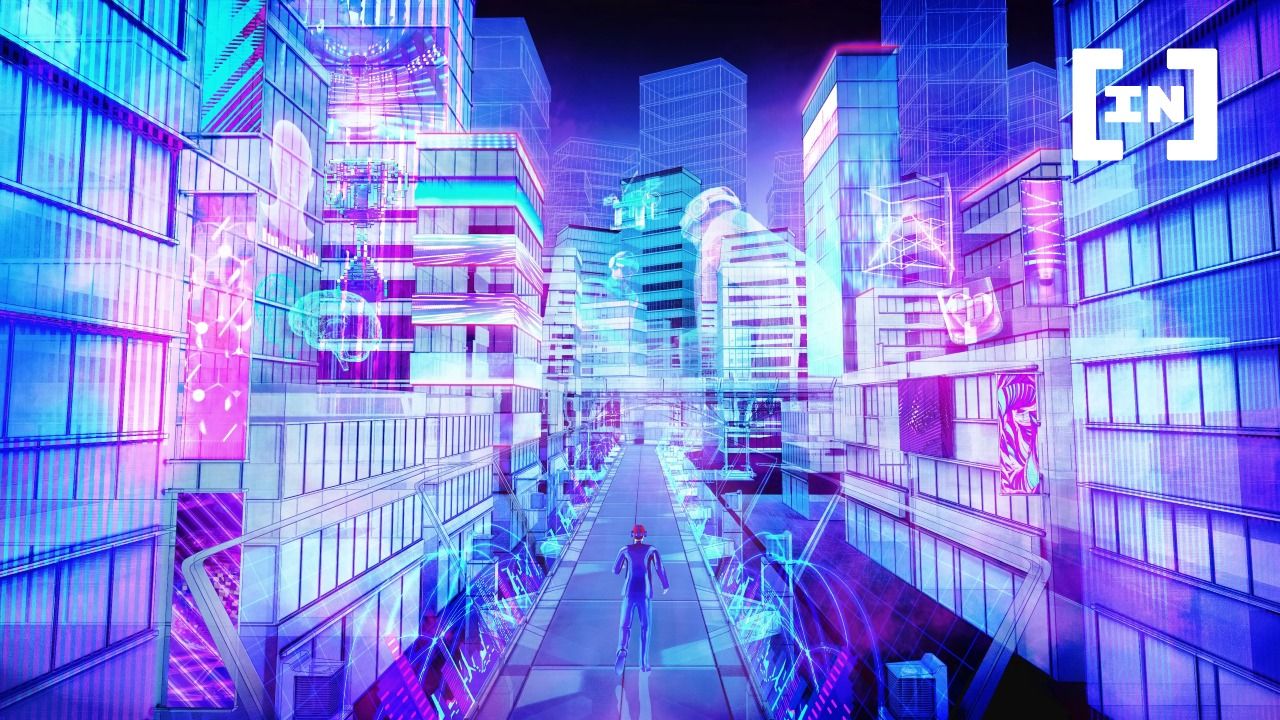Metaverse designers need to give the people what they want. So, what do they want? Something that is relevant and useful, says Jonathan Cohen, Founder CEO of MetaNept.
Right now, the barrier of entry to the metaverse is extraordinarily high. Quite frankly, no one outside of the Web3 space truly knows what it is, what it does, what it looks like, or why they should care.
For most consumers, it’s totally opaque. Communication from metaverse companies to consumers never quite got off the ground and remains abysmal. For metaverses to have any hope of gaining mainstream traction, consumers must not only be offered the opportunity to participate in the metaverse – they need to understand why it’s worth their time and energy to begin with.
SponsoredA solid headset shouldn’t cost as much as a phone
The first solution to this problem is better access through technology. Currently, average internet speeds aren’t up to the task of running a full-scale metaverse. The expansion of 5G might offer a solution, but the rollout has been slow. Developers may craft brilliant worlds, but they’re useless until consumers are able to run them.
We need to be honest about building a world with physical tech required. An Oculus headset costs around $300. Can’t afford an Oculus? You can buy an unwieldy cardboard headset that’s really just a glorified phone holder with eye holes. Expecting consumers to buy this kind of tech when inflation is skyrocketing and markets are tanking out here in the real world is simply delusional.
Be realistic. It’s time to envision (and design) a metaverse free of cumbersome headgear, expanding the definition of what’s possible by encompassing the range of actions available in-world. Face-first immersion isn’t everything.

Metaverse design for normal people
High-concept metaverses can thrive, but they must prioritize artistry and usability. Projects need to hire qualified designers and artists to create a world that offers a distinct experience. What’s the actual appeal of a metaverse that simply mimics the real world? If the possibilities are indeed endless, then act like it. Build something exciting and new.
To prioritize cost-effective usability, metaverse projects should focus on user experience and consumer needs. If there isn’t a market need for totally immersive experiences, why spend so much time and money creating them? Projects must identify the areas where AR or VR add actual value and build to those needs. Too many projects today spend seemingly endless amounts of time and money on metaverse technology that pass far too much entry cost on to the consumer. Focus on the user, not the frills.
In order to do this effectively, projects should take a hard look at what consumers truly need and want from the metaverse. Virtual meetings are already possible. The ability to sit next to a colleague in the metaverse is hardly new. World of Warcraft launched in 2004, nearly two decades ago, kicking off a parade of MMORPGs. Metaverses have to think bigger when it comes to virtual community interaction.
SponsoredMetaverse education and training will be key sectors
There are sectors where a metaverse can offer a radical new way of discovering and exchanging information. The obvious one is education. A metaverse can create a live experience for students in remote areas or a student population that is spread geographically. The metaverse may be the final frontier of distance learning.
Perhaps the most pragmatic use of the metaverse is for technical instruction that requires health or financial risk when performed in-person, like medical surgery, military training, or building highly-specialized nanotechnology. Metaverse companies need to acknowledge that the success of their product might not hinge on what is most sexy or flashy, but instead on what functions and processes could actually benefit from the metaverse’s features and structure.
A final use-case is that a metaverse provides the opportunity for a test run of high-ticket purchases. Perhaps the most banal and pragmatic use of the metaverse is that it will allow potential homeowners to preview architectural proposals or tour a home from another time zone. Imagine having a job interview and sitting in a new office on a different continent, or walking down a city street before deciding whether or not to move. The ability to immersively preview another piece of the world meets a real consumer need.

The metaverse should be inviting, not intimidating
Metaverse designers need to give the people what they want, and that’s something relevant and useful. We need to make the internet fun and useful and readable and helpful again, instead of demanding high-concept participation via high-ticket technology that ultimately accomplishes or improves little. Most of the burgeoning metaverse projects on the market hope to facilitate user creation within their space. Lowering the barrier of entry and meeting consumers where they are will do that.
About the author

Jonathan Cohen is the Founder and CEO of MetaNept and has worked in marketing and project development for the last ten years. He has been investing and trading in the crypto space since 2017. He is an expert on crypto, NFTs, and DeFi.
Got something to say about the metaverse or anything else? Write to us or join the discussion in our Telegram channel. You can also catch us on Tik Tok, Facebook, or Twitter.

